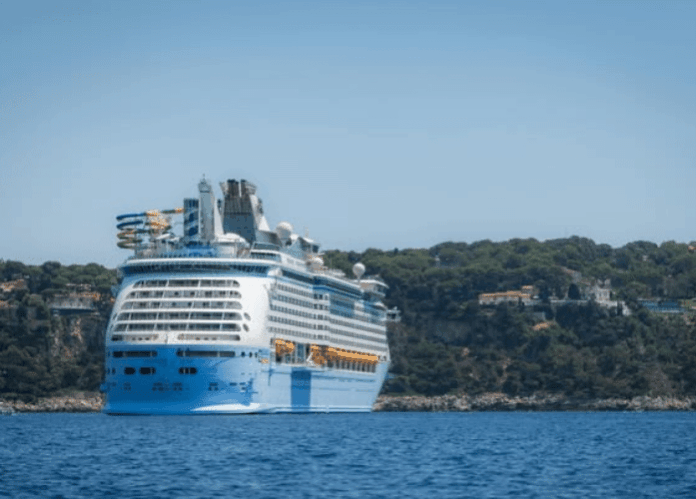After several months of tensions between the Nice Côte d’Azur Metropolis and the Prefecture, the State has presented new rules to regulate the reception of cruise ships. Objective: harmonize practices and reduce environmental impacts.
The sea is calming between the Metropolis and the Prefecture. Three months after the controversy over the forced departure of a cruise ship in Villefranche-sur-Mer, the State is taking charge again. This Friday, October 10, the Prefect of Alpes-Maritimes, Laurent Hottiaux, and the Maritime Prefect of the Mediterranean, Christophe Lucas, presented a system to regulate port calls in the department.
These measures, developed in consultation with local authorities and economic stakeholders, aim to more strictly regulate the flow of cruise passengers while considering local realities. A prefectural decree will soon formalize them after public consultation.
A response after weeks of tension
The announcement comes in a tense context. At the beginning of July, the Mayor of Nice and President of the Metropolis, Christian Estrosi, attempted to enforce a decree limiting port access in Villefranche to ships with fewer than 2,500 passengers. The Voyager of the Seas from Royal Caribbean International, with over 3,000 passengers on board, refused to comply. This incident prompted an immediate reaction from the Maritime Union of Alpes-Maritimes, criticizing an unilateral and unconsulted decision.
A few days later, the Prefect took the matter to the administrative court to suspend the metropolitan decree. On July 13, the court ruled in his favor, reminding that “only the Prefect can organize the entry, exit, and movement of ships within the framework of his maritime police powers.” According to the court, the Metropolis was not competent to regulate port calls.
In response to these tensions, a roundtable was held on July 11 at the Alpes-Maritimes Prefecture. Participants included mayors of coastal towns, the departmental council, the Chamber of Commerce and Industry (CCI), the Maritime Union 06, the Employers’ Union 06, and representatives of cruise lines. Christian Estrosi was not present but had, according to the Prefecture, “assured his support for the consultation process.”
Limiting flows and favoring committed companies
The new rules presented this October 10 are part of this coordination effort. Henceforth, cruise stops will be limited based on several criteria.
The number of passengers disembarked per port cannot exceed an annual average of 2,000 per stop, with a maximum of 3,000 passengers disembarked. Ports will only be able to accommodate one ship with more than 1,300 passengers per day. In July and August, the limit is set at 15 stops per month.
In case of pollution peaks, the Prefects will have enhanced leverage: reducing emissions within three nautical miles from the coast or even canceling port calls if the alert level is high. Harbormasters must report any unusual smoke emissions to the Mediterranean Interregional Directorate of the Sea (DIRM MED), which will require corrective measures.
Another new measure: ships from companies adhering to the “Sustainable Cruise Charter in the Mediterranean” will receive priority for port call authorizations. This charter, which will be revised in 2025, encourages more environmentally friendly practices, including the use of less polluting fuels and reduced shore-side emissions.
A balance between tourism and environment
For the Prefects, it is not about hindering tourism but regulating it. This system seeks to reconcile “quality of life and economic development that respects the challenges of climate change adaptation.” Authorities emphasize the need for a coordinated departmental approach to avoid port call transfers from one port to another and to provide visibility to operators, whose schedules are set two years in advance.
The decree will concern the ports of Nice, Villefranche-sur-Mer, Beaulieu-sur-Mer, and Cannes, which experience substantial traffic each year. According to Metropolis estimates, the limitations decided this summer would have affected nearly 200,000 passengers in 2026.
The incident highlighted the limits of local maritime competences.


